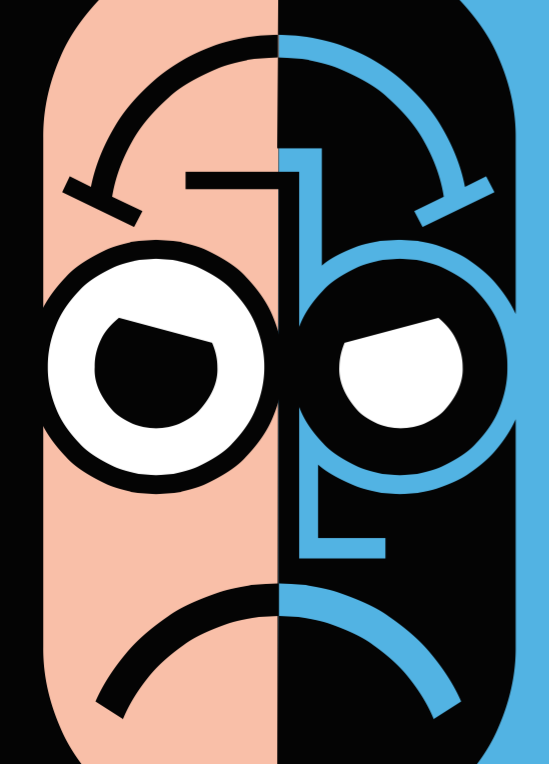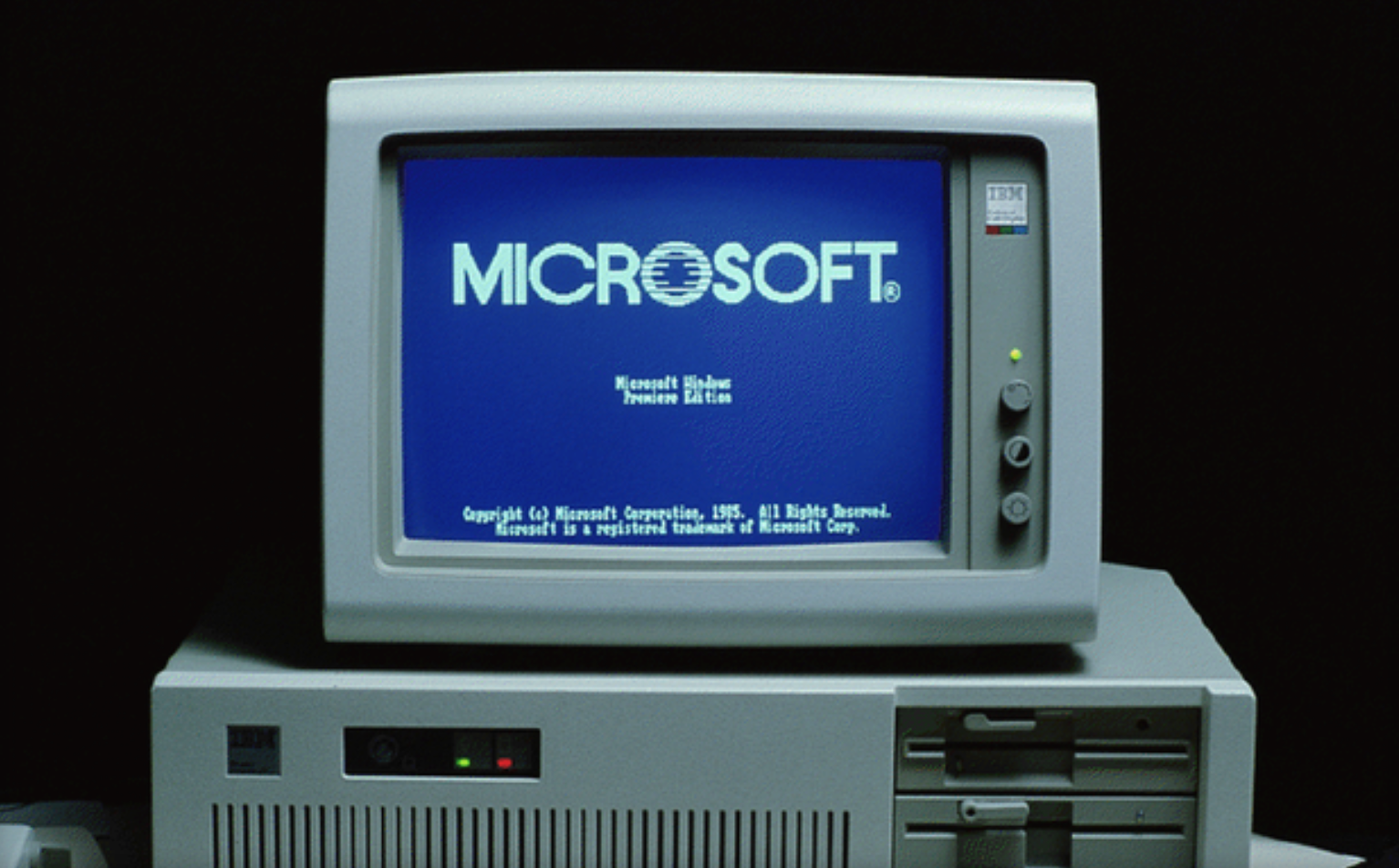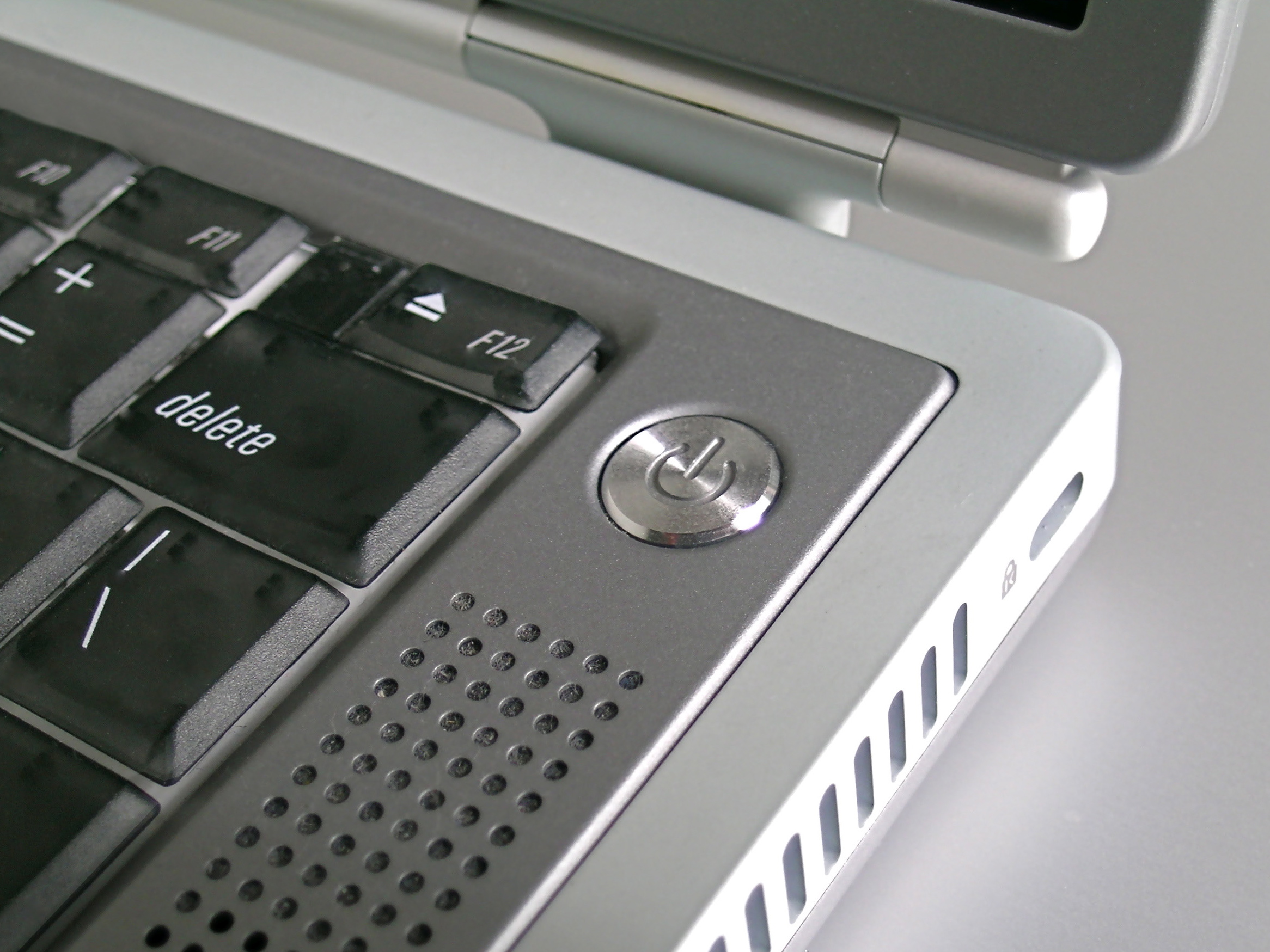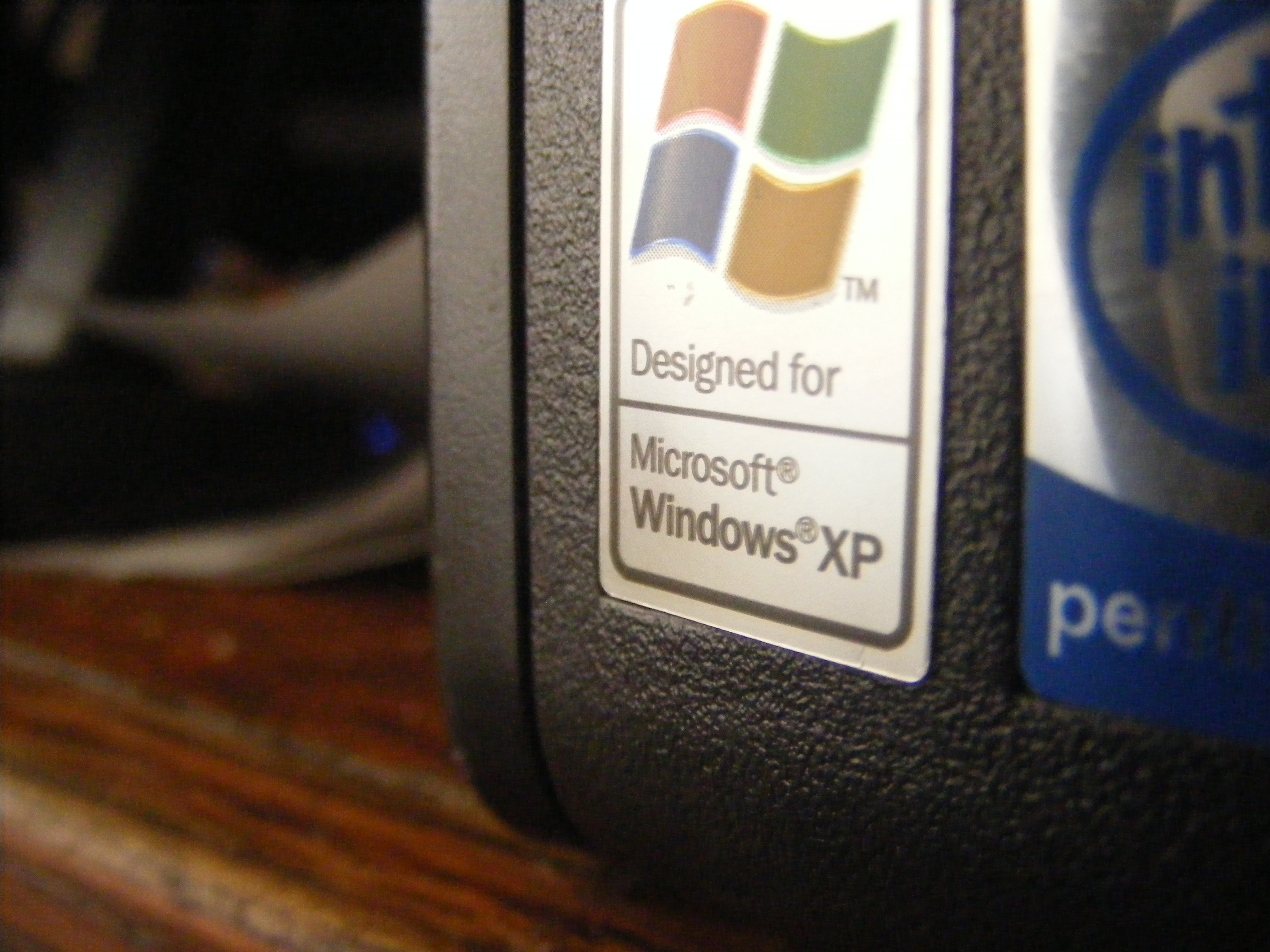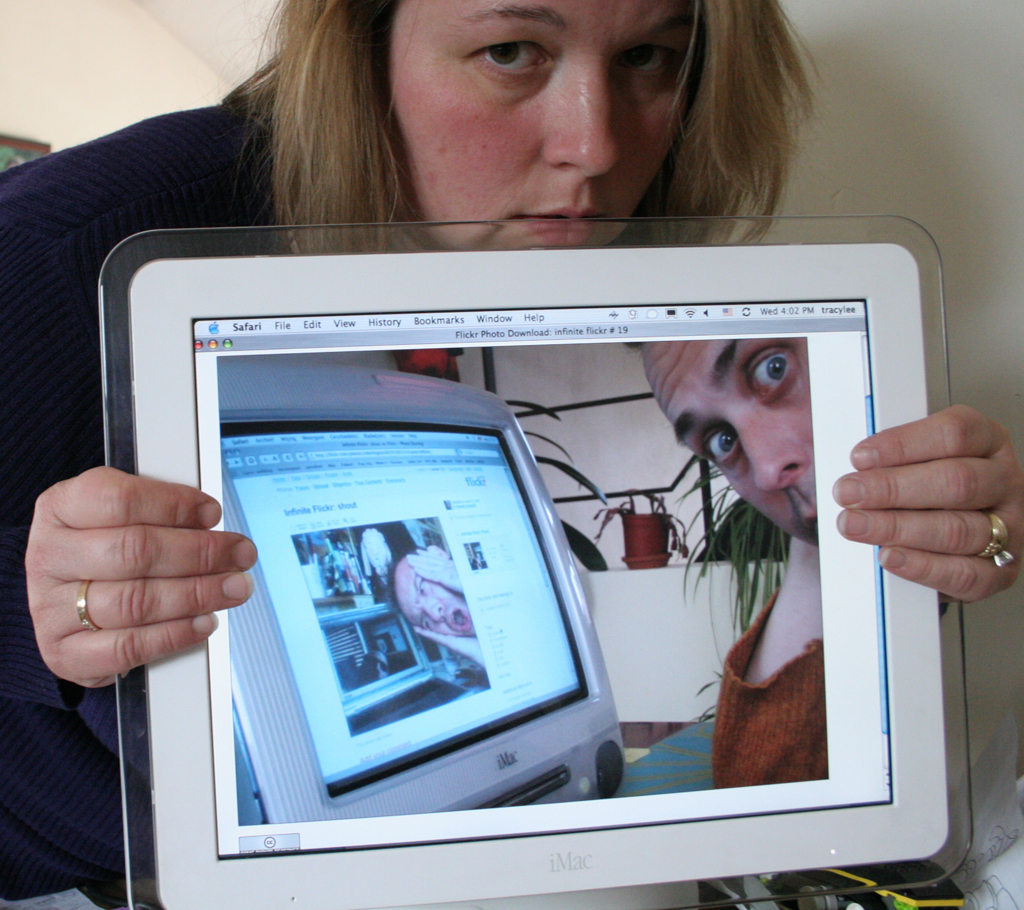Nothing irritates a busy reporter more than blowing off a whole day because of a computer catastrophe. (Can you guess where this is going?) Worse, this situation rekindled a longstanding gripe with Hewlett-Packard.
First, the crisis. The hard drive on the HP Windows Media Center 883n I had been testing suffered some kind of partial failure on Oct. 19, 2002, forcing a mad scramble to recover what data I could from the crippled disk. I first fired up the 883n on Oct. 10—so that’s only nine days of use—with the intention of writing a review as early as Oct. 20. But given the drive failure, I had to start from scratch, since some peculiarities I noticed with the system apparently derived from the lame disk.
